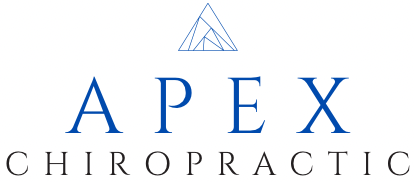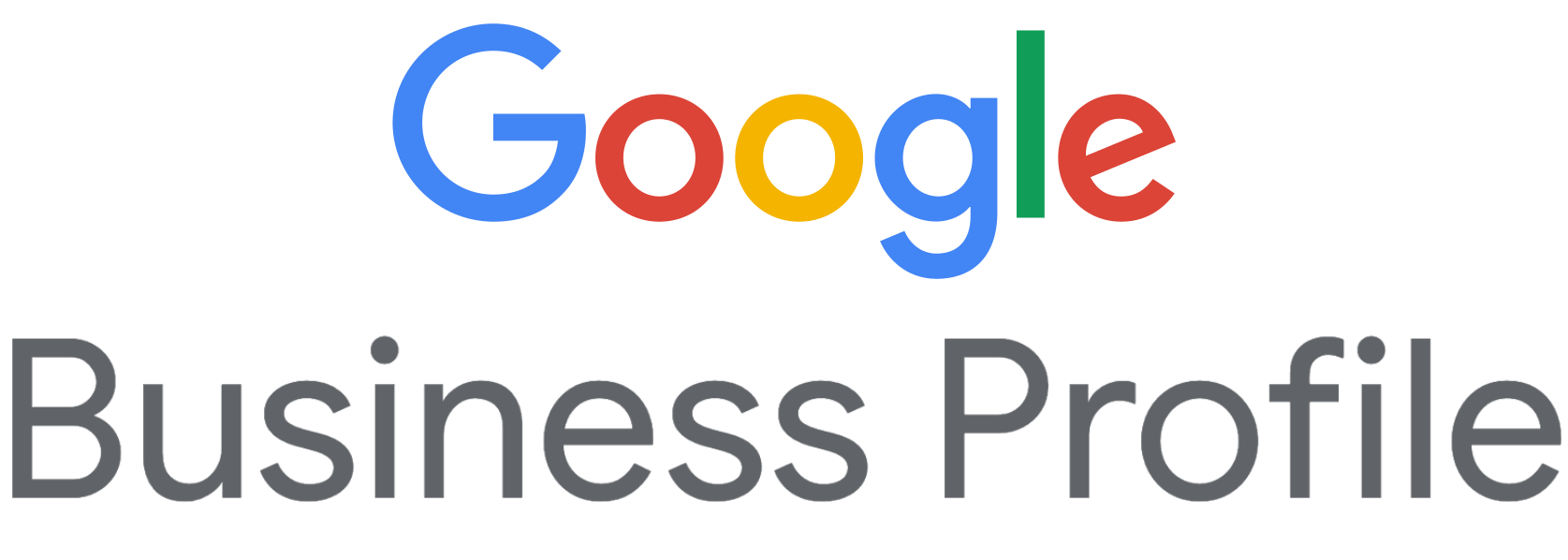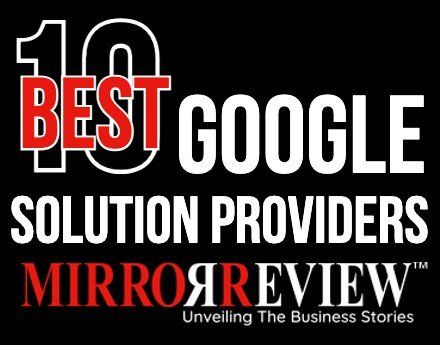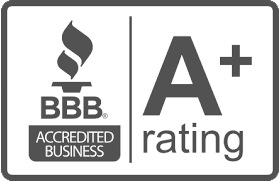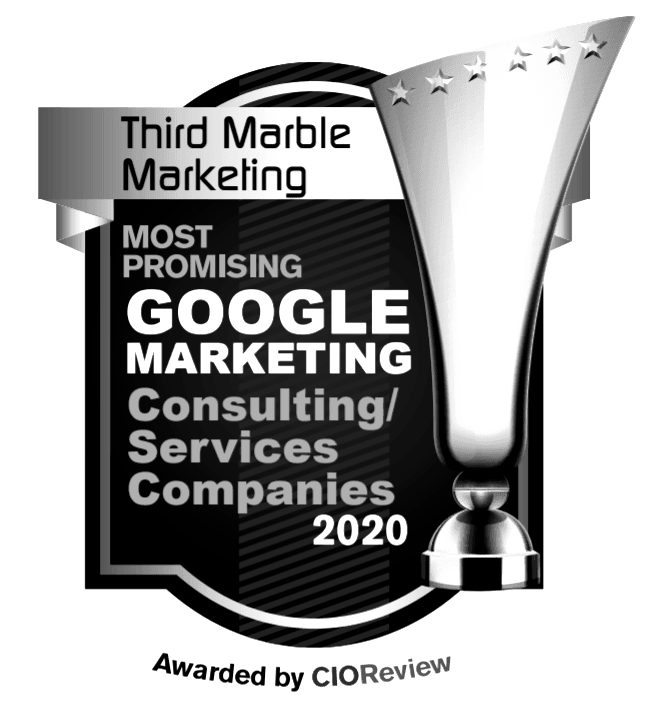Conversion Tracking 101
Conversion tracking plays a crucial role in the success of digital marketing. When set up correctly, it helps marketers identify which efforts drive real results and allows advertising platforms like Google Ads to optimize performance based on actual business outcomes.
What We Consider a Meaningful Conversion
A meaningful conversion is any action that reflects a potential customer’s intent to engage or make a purchase. The most valuable conversions include:
- Phone Calls
- Form Submissions
- Online Purchases
These actions signal a clear interest in your product or service and provide the best data for campaign optimization.
Why We Don’t Track Everything
While it’s technically possible to track almost any website interaction, such as time on site or button clicks, not all actions represent intent. These are often called micro-conversions and may be useful in complex, high-volume campaigns. However, for most businesses, tracking too many low-value actions can dilute the data and lead to misinformed decisions.
The best practice is to focus on conversions that align directly with business goals.
Common Obstacles to Accurate Conversion Tracking
Setting up reliable tracking isn’t always straightforward. A few common challenges include:
- Improper Phone Number Formatting: For call tracking to work, phone numbers must be visible and readable on the page—e.g., “Call Us: (123) 456-7890.” Buttons that only say “Call Now” without displaying the number often go untracked.
- Lack of a Thank You Page or Success Message: Form submissions should ideally redirect to a dedicated confirmation page. If that’s not possible, a visible and persistent success message can work, though disappearing messages often can’t be tracked.
- Third-Party Tools: Platforms like Calendly, CallRail, HubSpot, or CozyCal are commonly used for booking or call forwarding. Some of these support tracking, while others do not. Each case requires an individual assessment based on available integrations.
Tools Commonly Used for Conversion Tracking
The most effective conversion tracking systems rely on a combination of:
- Google Ads
- Google Tag Manager
- Google Analytics
These tools are designed to work together to capture, organize, and report on conversion data, allowing for informed optimization decisions without needing custom software development.
General Setup Process
Setting up conversion tracking usually includes the following steps:
- Identify Key Actions: Define which user actions on your website represent conversions.
- Gain Access to Tracking Tools: Ensure access to the necessary platforms, typically Google Ads and Google Tag Manager.
- Create and Implement Tags: Configure tags that track the identified actions accurately.
- Use the Data to Optimize: Monitor performance and adjust campaigns based on tracked results.
This process helps marketers and algorithms alike make better, faster decisions.
What Is Enhanced Conversion Tracking?
Enhanced conversions in Google Ads use first-party data, such as email addresses, phone numbers, or names, submitted through your website to more accurately match conversions to ad interactions. This improves measurement accuracy and has been shown to increase performance by approximately 5% in some campaigns.
Enhanced conversions work best for businesses that collect user information through forms or process purchases directly on their websites.
However, enhanced conversion tracking is not always a good fit. Here are some common reasons why it may not be usable or recommended:
- No Form or Purchase Data Collected: If your website doesn’t gather any user information (like email or phone number), there’s nothing for Google to match against.
- Third-Party Forms or Booking Tools: Platforms like Calendly, HubSpot, or other embedded tools may not allow access to the data needed for enhanced conversion tracking.
- Privacy Concerns or Compliance Restrictions: Businesses with strict privacy policies or legal limitations around data collection may choose not to implement enhanced tracking.
- No Access to Technical Setup: If your website team can't implement the necessary tagging through Google Tag Manager or make code changes, the setup may not be possible.
When used in the right context, enhanced conversions can be a powerful tool, but they depend on both technical feasibility and data availability.
Need help setting up or refining your conversion tracking?
Third Marble Marketing includes conversion tracking setup as part of our Google Ads Management service. This ensures accurate, meaningful data from the start to guide your campaigns.
If you're interested in professional management of your Google Ads, with conversion tracking built in, contact us to schedule a consultation!
Third Marble Marketing - Google Ads & SEO Tips, Tricks and Case Studies

